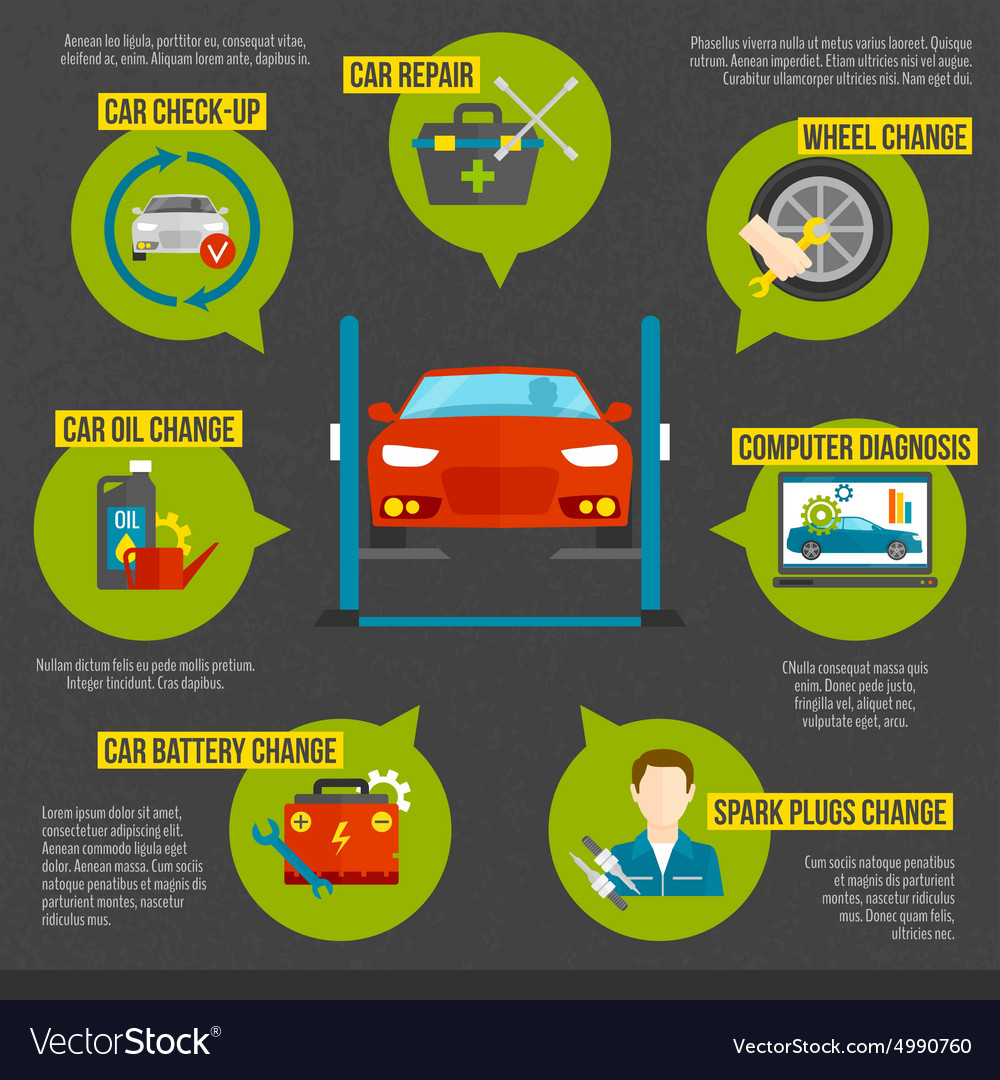Understanding Your Vehicle'S Warning Lighting: What Do They Really Mean?
Understanding Your Vehicle'S Warning Lighting: What Do They Really Mean?
Blog Article
Created By-Lauritsen Winters
When you lag the wheel, those glowing caution lights on your control panel can be a bit bewildering. Do you know what they're trying to inform you regarding your automobile's health? Comprehending the significance of these lights is essential for your security and the long life of your vehicle. So, detailing automobiles of those lights turns up, would not you wish to decode its message properly and take the essential steps to resolve it?
Common Caution Lights and Interpretations
Determine common warning lights in your vehicle and understand their meanings to make sure safe driving.
The most common caution lights consist of the check engine light, which indicates concerns with the engine or exhausts system. If this light begins, it's critical to have your vehicle inspected without delay.
The oil stress warning light indicates low oil pressure, requiring instant attention to prevent engine damages.
A blinking battery light might recommend a defective billing system, possibly leaving you stranded if not addressed.
The tire stress monitoring system (TPMS) light alerts you to reduced tire pressure, influencing lorry security and gas effectiveness. Neglecting this might bring about harmful driving conditions.
go right here shows a problem with the anti-lock braking system, jeopardizing your capacity to stop rapidly in emergency situations.
Finally, the coolant temperature level alerting light warns of engine getting too hot, which can result in severe damages otherwise settled promptly.
Recognizing these common caution lights will certainly help you address issues quickly and maintain safe driving problems.
Value of Prompt Attention
Understanding the usual caution lights in your cars and truck is only the initial step; the relevance of immediately attending to these cautions can not be stressed sufficient to guarantee your safety and security when traveling.
When a caution light brightens on your control panel, it's your cars and truck's way of communicating a prospective problem that requires attention. Ignoring these cautions can result in a lot more serious problems later on, endangering your safety and possibly costing you much more in repairs.
Motivate focus to cautioning lights can prevent breakdowns and mishaps. For instance, a flashing check engine light could show a misfire that, if left unattended, could create damages to the catalytic converter. Resolving this promptly can conserve you from a costly fixing.
Similarly, cargrooming advising light might signal reduced brake fluid or worn brake pads, critical parts for your safety when driving.
DIY Troubleshooting Tips
If you notice a warning light on your dashboard, there are a couple of do it yourself fixing tips you can try before looking for professional assistance.
The very first step is to consult your automobile's guidebook to comprehend what the particular warning light indicates. Often the issue can be as easy as a loosened gas cap setting off the check engine light. Tightening up the gas cap might deal with the issue.
https://daltonmhauo.ziblogs.com/31304578/discover-exactly-how-to-successfully-pick-the-ideal-automobile-service-center-with-these-10-expert-suggestions is a reduced battery, which can cause various warning lights. Examining the battery links for corrosion and ensuring they're protected could deal with the trouble.
If a caution light continues, you can attempt resetting it by detaching the cars and truck's battery for a couple of minutes and then reconnecting it. Furthermore, inspecting your vehicle's fluid degrees, such as oil, coolant, and brake liquid, can help fix cautioning lights related to these systems.
Final thought
Finally, recognizing your car's caution lights is vital for maintaining your car running smoothly and securely. By without delay resolving these signals and knowing what they suggest, you can prevent expensive fixings and possible breakdowns.
Remember to consult your cars and truck's handbook for particular details on each cautioning light and do something about it accordingly to make certain a hassle-free driving experience.
Remain educated, stay risk-free when driving!
